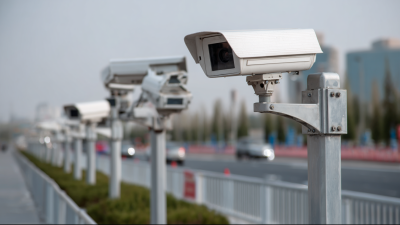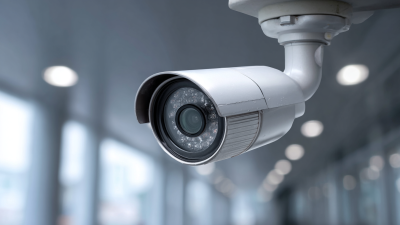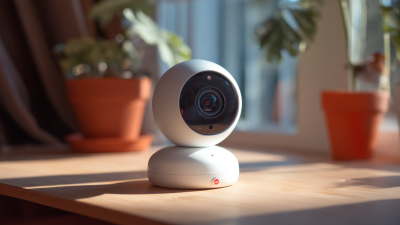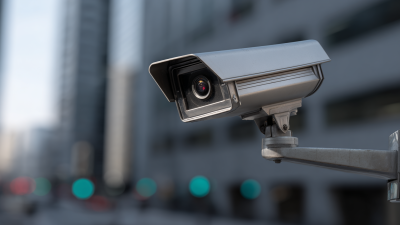
The increasing demand for reliable and sustainable security solutions has led to a significant rise in the adoption of solar cameras outdoor. According to a report by MarketsandMarkets, the global outdoor security camera market is projected to reach
$10.2 billion by 2025, with solar-powered options gaining momentum due to their eco-friendly and cost-effective nature.
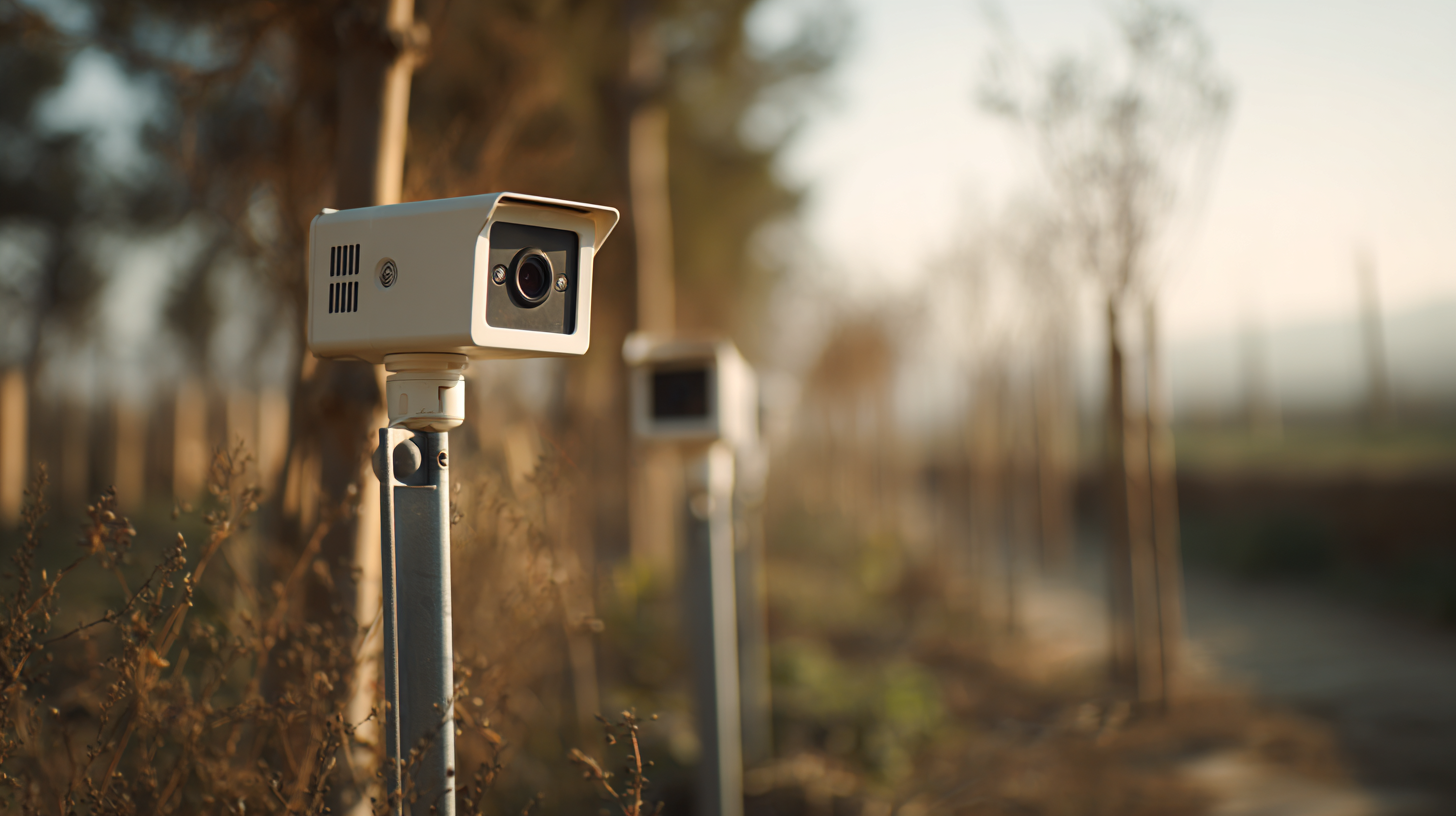 Solar cameras, which leverage renewable energy for operation, not only reduce energy costs but also provide flexibility in installation locations, making them ideal for remote areas where traditional power sources are unavailable. Furthermore, research from Allied Market Research highlights that integrating solar technology with security systems can enhance wildlife monitoring efforts, enabling conservationists to observe animal behavior without disturbing natural habitats.
As we explore the benefits of solar cameras outdoor, it becomes evident that this innovative technology plays a crucial role in promoting both security and wildlife conservation.
Solar cameras, which leverage renewable energy for operation, not only reduce energy costs but also provide flexibility in installation locations, making them ideal for remote areas where traditional power sources are unavailable. Furthermore, research from Allied Market Research highlights that integrating solar technology with security systems can enhance wildlife monitoring efforts, enabling conservationists to observe animal behavior without disturbing natural habitats.
As we explore the benefits of solar cameras outdoor, it becomes evident that this innovative technology plays a crucial role in promoting both security and wildlife conservation.
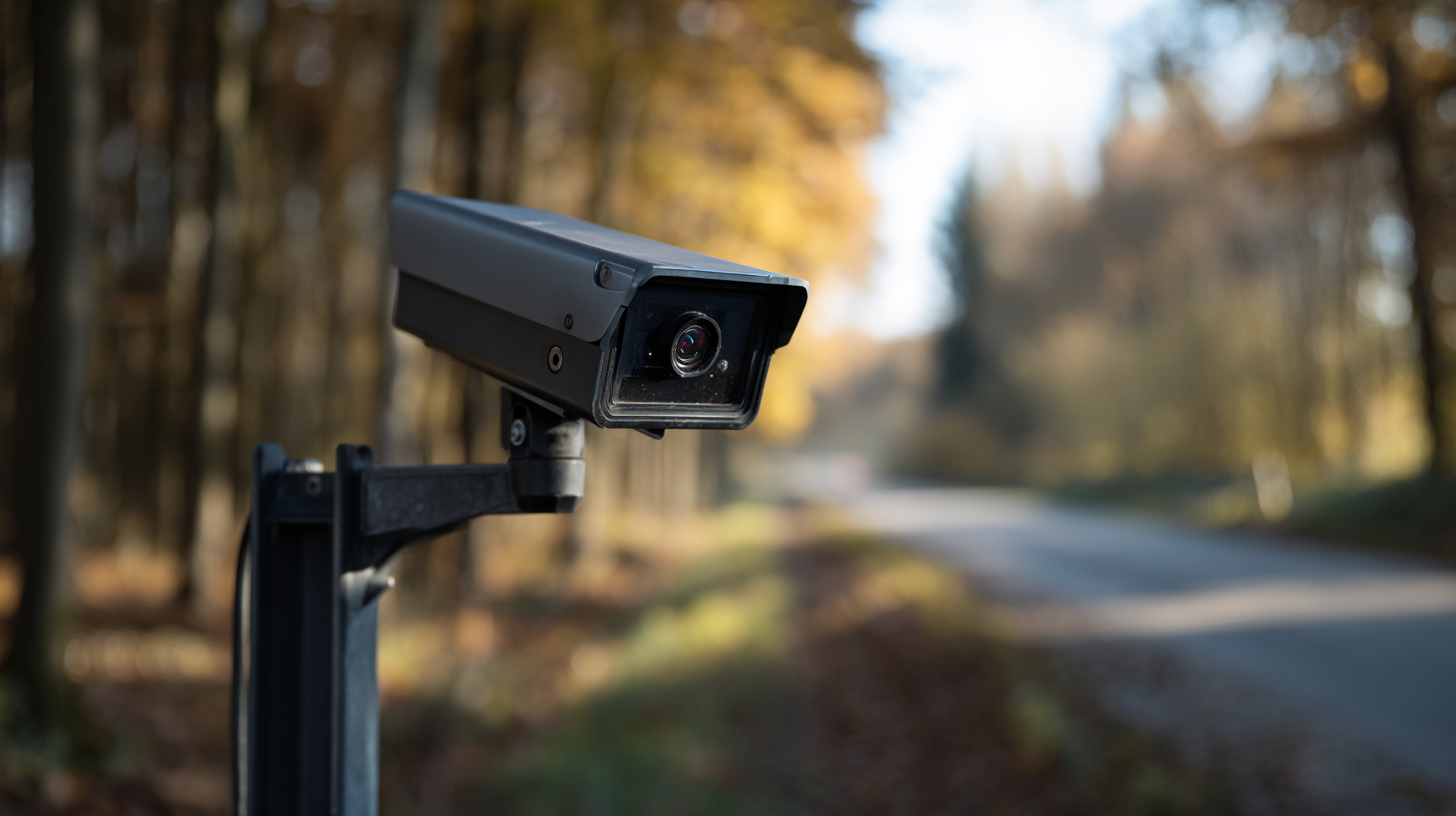 Solar cameras are revolutionizing outdoor security measures and wildlife monitoring. With their ability to harness solar power, these cameras offer a sustainable and cost-effective solution for surveillance. One of the primary advantages is their independence from traditional power sources, which means they can be installed in remote locations without worrying about electrical wiring. This makes them ideal for monitoring areas such as backyards, farms, or nature reserves where power outlets are not readily available.
Solar cameras are revolutionizing outdoor security measures and wildlife monitoring. With their ability to harness solar power, these cameras offer a sustainable and cost-effective solution for surveillance. One of the primary advantages is their independence from traditional power sources, which means they can be installed in remote locations without worrying about electrical wiring. This makes them ideal for monitoring areas such as backyards, farms, or nature reserves where power outlets are not readily available.
When setting up solar cameras, consider the placement carefully to ensure optimal sunlight exposure. Since these devices rely on solar energy, positioning them in well-lit areas will maximize their efficiency. Additionally, integrating motion detection features can enhance security by alerting you to any unusual activity instantly.
Another benefit of solar cameras is their durability. Designed to withstand various weather conditions, these cameras can operate effectively day and night, providing continuous surveillance. For optimal performance, regularly check the solar panels for debris that may block sunlight and ensure the camera lenses remain clean for clear imagery.
Solar-powered surveillance systems are revolutionizing both outdoor security and wildlife monitoring. One of the key features of these solar cameras is their ability to operate independently from traditional power sources, making them ideal for remote locations. They harness solar energy, ensuring continuous operation even during power outages, which is essential for monitoring areas with limited access to electricity. This feature not only enhances the sustainability of wildlife studies but also significantly reduces operational costs.
Another important aspect of solar cameras is their advanced motion detection technology. These systems are equipped with sensors that trigger recording actions upon detecting movement, ensuring that valuable wildlife activity is captured without the need for constant human oversight. Additionally, many solar surveillance systems come with high-definition video capabilities and infrared night vision, allowing for clear images and videos around the clock. This functionality is crucial for researchers and conservationists aiming to monitor animal behaviors and track population dynamics effectively, providing valuable insights into wildlife conservation efforts.
| Feature | Description | Benefits |
|---|---|---|
| Solar-Powered | Utilizes solar panels for energy, reducing reliance on electricity. | Cost-effective in the long run and eco-friendly. |
| Wireless Connectivity | Connects via Wi-Fi for remote monitoring with smartphones. | Convenience in location access without cumbersome wiring. |
| Motion Detection | Detects movement and sends alerts to users. | Increases security by alerting to potential threats. |
| High-Definition Video | Records in HD for clear imaging day and night. | Improves identification of subjects and details. |
| Night Vision | Equipped with infrared technology for nighttime monitoring. | Ensures continuous surveillance 24/7. |
| Durable Design | Weather-resistant materials suitable for outdoor use. | Long-lasting performance in harsh conditions. |
As the demand for efficient and sustainable security solutions grows, solar cameras have emerged as a cost-effective alternative to traditional security systems. Unlike conventional cameras that require constant electricity supply, solar cameras harness renewable energy, significantly reducing ongoing operational costs. This not only lowers the initial financial burden associated with installation but also minimizes long-term expenses related to electricity consumption and maintenance.
Moreover, the versatility of solar cameras extends their appeal beyond conventional security implementations. They can easily be deployed in remote areas where access to power sources is limited, making them an ideal choice for wildlife monitoring and conservation efforts. By eliminating the need for wired connections and complex setups, solar cameras provide a flexible and practical solution for capturing real-time footage in diverse environments. This adaptability, combined with their sustainable energy source, positions solar cameras as a forward-thinking option for both security and wildlife observation needs.
This chart compares the cost-effectiveness and resource efficiency of solar cameras versus traditional security solutions. Solar cameras demonstrate lower initial and annual costs with longer battery life and equivalent lifespan, making them a sustainable choice for outdoor security and wildlife monitoring.
Solar cameras are revolutionizing wildlife conservation and observation practices by providing an eco-friendly solution to monitoring natural habitats. These cameras harness solar power, reducing reliance on traditional batteries and enabling prolonged usage in remote areas. By capturing high-quality images and videos without human interference, they allow researchers to gain invaluable insights into animal behaviors, migration patterns, and interactions within ecosystems.
To maximize the effectiveness of solar cameras in wildlife observation, consider these tips: choose a location with sufficient sunlight exposure to ensure consistent power supply, and set the camera at an appropriate height and angle to capture the desired field of view. Additionally, using motion detection features can help conserve energy by ensuring the camera only activates when wildlife is present, thereby extending its operational lifespan.
Furthermore, solar cameras can facilitate community engagement in conservation efforts. By sharing footage collected by these cameras, local communities and conservation organizations can raise awareness about wildlife issues and promote protective measures for endangered species. This technology not only aids in research but also inspires a collective responsibility towards preserving our natural environments.
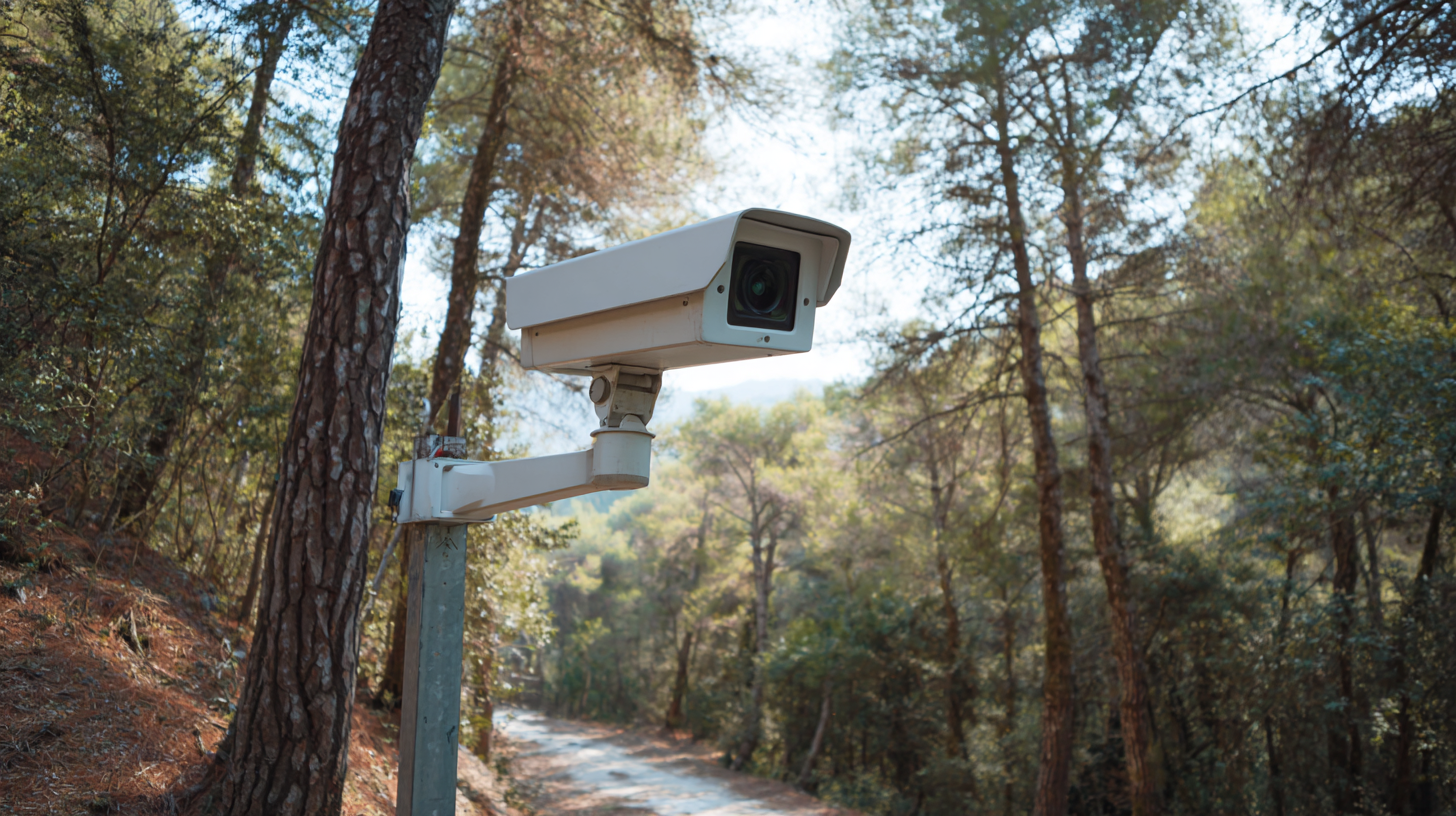
Solar cameras are revolutionizing outdoor security and wildlife monitoring by integrating smart technology that enhances efficiency and effectiveness. These innovative devices harness solar energy, making them eco-friendly and cost-effective, while their smart features, such as motion detection, real-time alerts, and cloud storage, enable users to monitor their surroundings more effectively. Modern solar cameras are equipped with high-definition video capabilities and night vision, ensuring clear images day or night, which is crucial for both security and wildlife observation.
Tips: When setting up solar cameras, position them in areas that receive maximum sunlight to optimize energy efficiency. Additionally, familiarize yourself with the camera's app interface to make the most of its features, such as customizing motion sensitivity and alert settings.
The integration of artificial intelligence in solar cameras further elevates their monitoring capabilities. AI technology can analyze patterns in motion and differentiate between animals and humans, reducing false alarms. Such advancements are particularly beneficial for wildlife enthusiasts who need precise monitoring without disturbances.
Tips: Regularly update the camera's firmware to ensure you have the latest features and security patches. Also, consider using a cloud service for storing footage, allowing easy access and retrieval when needed.
